I Want Him in Treatment. I’m Dreading That the Cycle Hasn’t Ended.

Photo credit: Volo Haus
It’s a situation that occurs all too often: a Loved One enters detox when things get rough, but resists moving on from there to sustained treatment for substance use disorder. Often, they just want to come home—where continuing to use is easier than having to face the mountainous struggle of ending that use. It’s little wonder that such moments cause worry and anxiety. The good news is that we can take positive actions all the same. As Laurie MacDougall writes, these actions begin with calming and centering ourselves.
I need some help, I am in despair. My son is in detox right now and I want him to continue on to another facility (a Clinical Stabilization Service). I am afraid he will want to come home and I don’t want him to. I am so terrified to kick him out onto the streets. My heart aches so bad and I don’t know what to do. Please, can anyone share any thoughts? He did go into detox on his own, and he is 29. Thank You.
Hi brisun94,
Oh boy, momma: I can really sense the fear and angst that your Loved One might not follow through with detox and continue into treatment. It can be really hard to control those ruminating thoughts. You may feel like they’ve put you on the hamster wheel of chaos, leading nowhere but back where you started.
The goal is to stop that cycle, break that pattern. How do we do this? If you step back and analyze the situation, you may be able to find moments where you can change your own behavior and thereby disrupt the cycle. These could be really small steps or quite large ones depending on where you are in your journey.
Let me share some thoughts that might get you started:
- First, it is important to calm your own system down. Can you take the time to reframe the story that is running through your mind? One of the positives is that your son has gone to detox by his own decision. This is the first step, and an indication that he understands that he has a problem and is struggling to find answers. Regardless of where our Loved Ones find themselves, if we family members are mentally, emotionally, or physically’ unwell, we can’t bring our best selves to the table. Learning how to manage our system is key to being able to effect change.
- It sounds like you’ve concluded that returning home is not safe for him or you. What about changing the language around housing? Something like, “I am going to offer him other forms of housing, just not my house right now.” What about using your inner voice to tell yourself that it is okay to not want him home? You must be exhausted and frustrated, in need of time to repair. Taking that time to regain your strength will help you manage the situation and be more resourceful in difficult circumstances.
- So, what are those other options you might offer? He could go to a recovery home, or you could offer residential treatment. Make sure to do some research ahead of time and have some resources on hand. You can and should let him know that you feel it’s unsafe for him to be home right now.
- Could you describe to him your own needs before considering having him return? Maybe he would have to complete 30 days in residential treatment, then attend an Intensive Outpatient Program (IOP)? Maybe you need him to start seeing an addiction specialist on an ongoing basis? Or perhaps join a group like AA, SmartRecovery, or a crossfit gym? Or volunteer at an animal shelter? Or get a part-time job? Have a plan—and also a backup plan if he does not follow through on his commitments. My rule of thumb is to pick three things that I need to have happen. For example: attending an IOP, getting counseling, landing a job.
- Let’s say he does come home and forces his way back in (I don’t necessarily mean physically, but rather through bullying, since he knows Mom’s heartstrings are being pulled). You could make any space he stays in uncomfortable. Maybe put a cot in the family room or have him sleep on the couch. Move all his belongings into the family room. Remove locks on doors. You could also give him ways of earning the bedroom back—attending that IOP, getting on appropriate medication for his SUD, and/or starting counseling.
These are just five reflections that might help you start thinking about ways to break the cycle of using, heading to detox, wavering on treatment, heading home, and back to use again. No matter how uncomfortable a situation is, there is comfort in the pattern. It’s the not knowing what lies ahead that can be scary, which is why our LO’s often get started with detox and then abandon forward progress. And at other times, by contrast, the barrier to change is simply knowing that it will be very difficult to stop. It’s hard to abandon something that seems to make all your troubles go away; it’s hard to face those troubles when they’re no longer masked. This is why it requires us to calmly, compassionately, and confidently hold to new options that might help our Loved Ones progress, and to refuse to continue with the old patterns keeping everyone stuck.
Bear in mind that taking steps towards change can often make the situation even more explosive and challenging to handle. But when the dust settles, there may well be movement towards something different for everyone involved.
Momma, I know all of this incredibly difficult. I am hoping you can find some inspiration in what I’ve written here. Pick out just one suggestion, or find something you believe you can stick to, and start with that. Nothing changes if nothing changes, but even the smallest of changes can be powerful.
Please let us know how things progress. Wishing you and your son healing and strength.
Laurie MacDougall



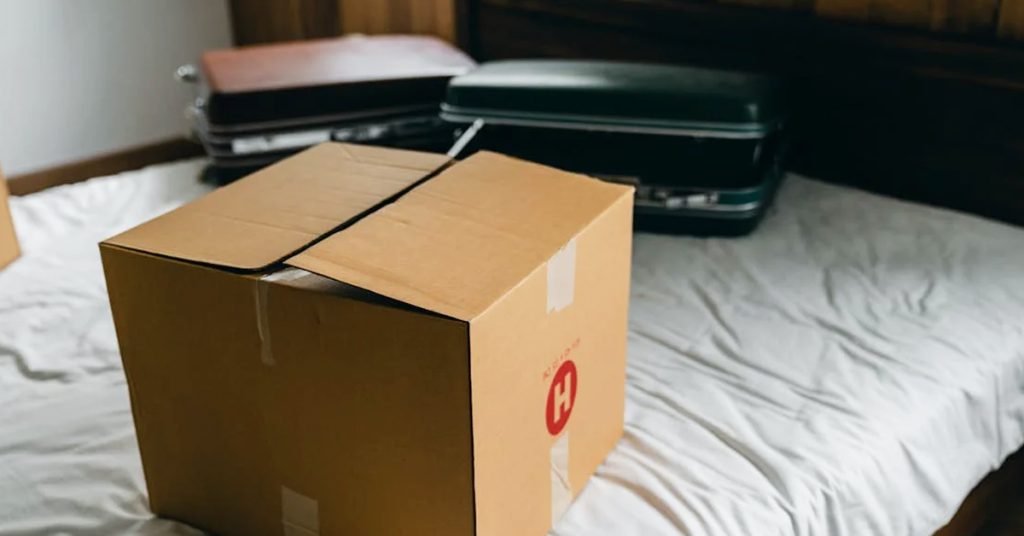


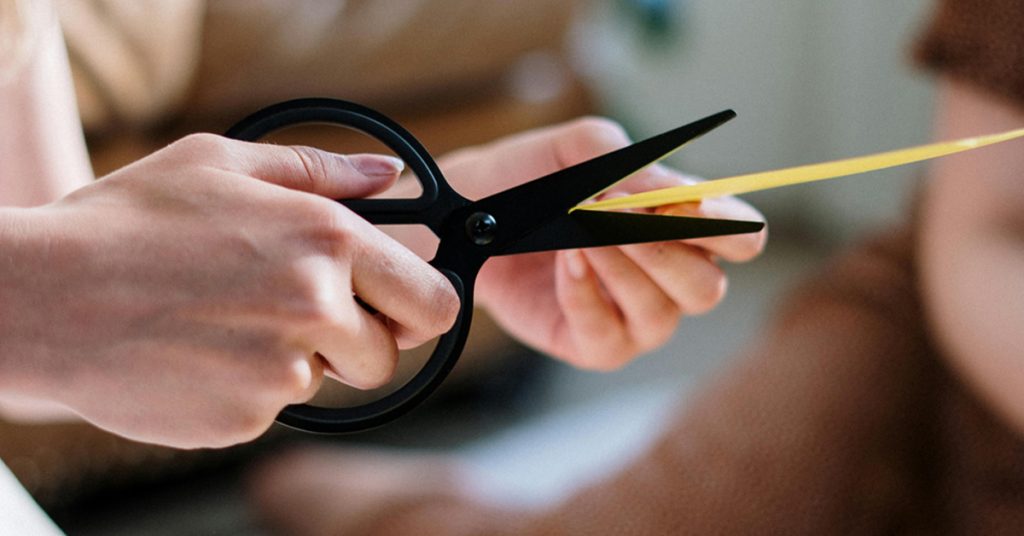





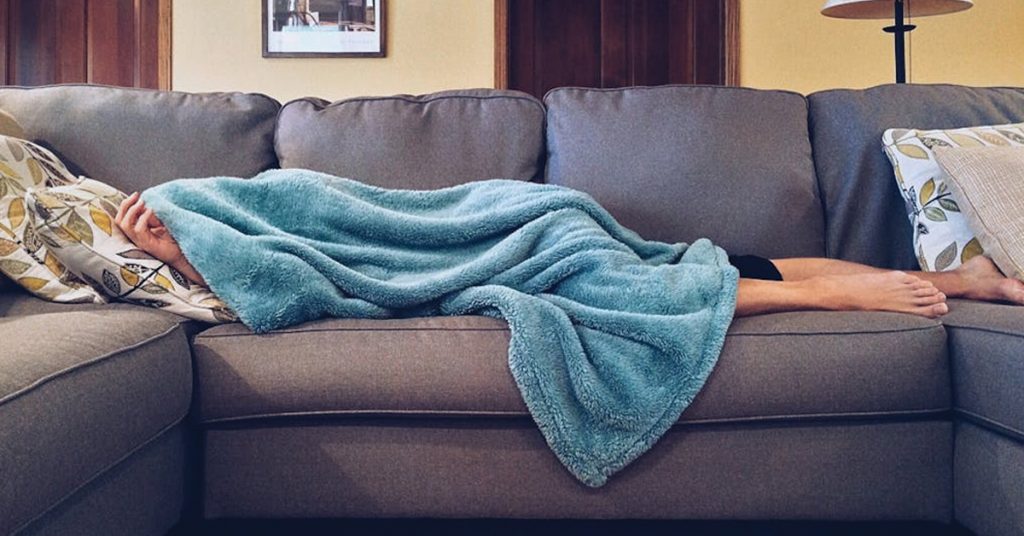

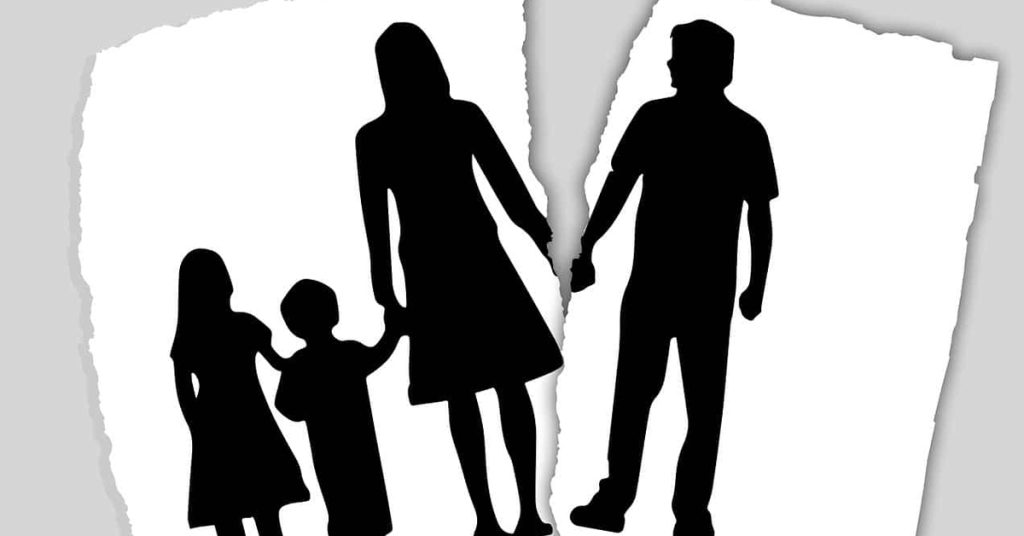












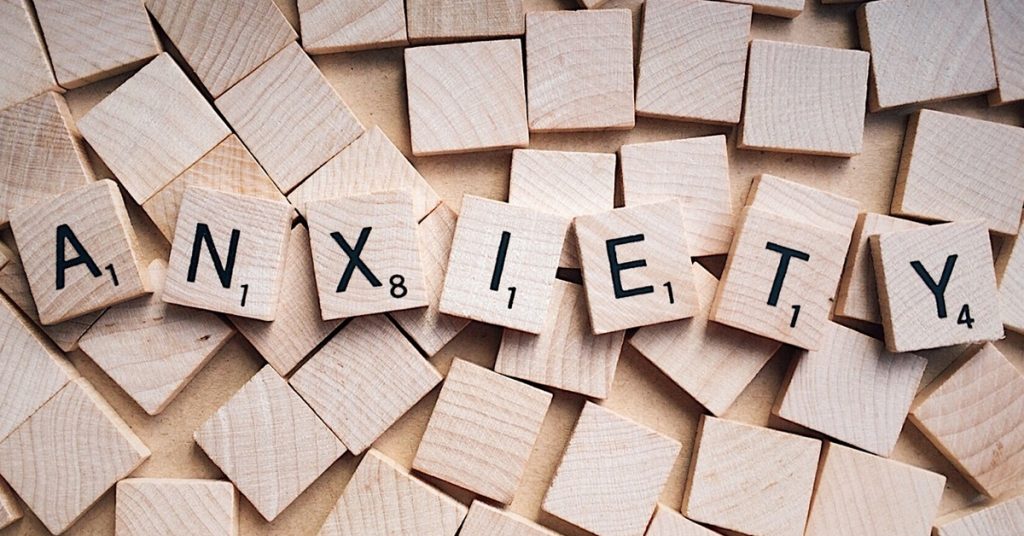

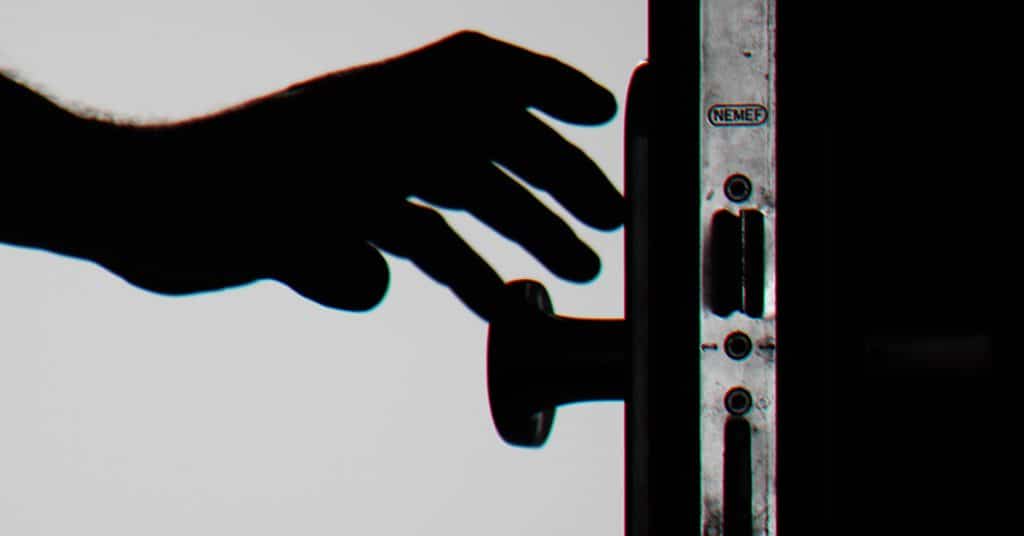
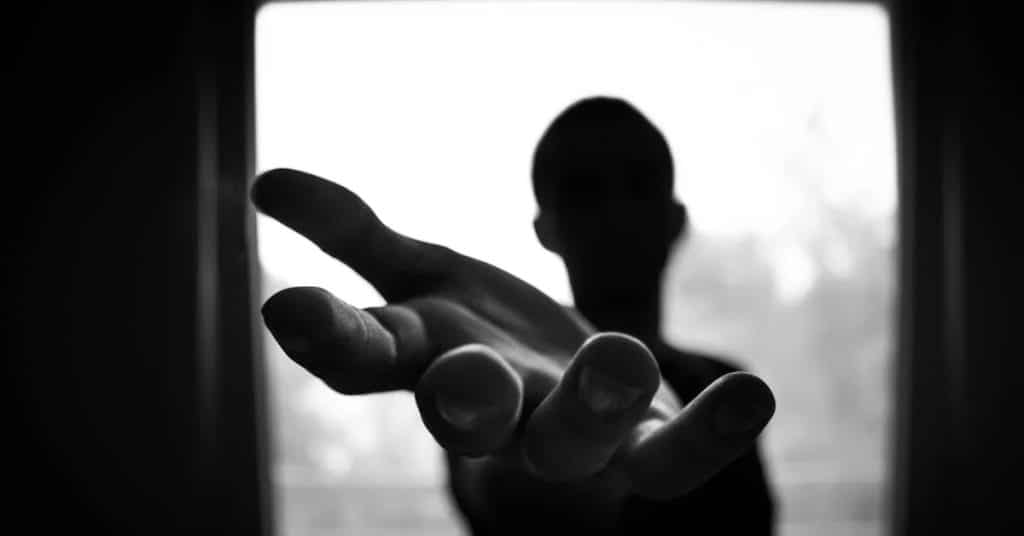


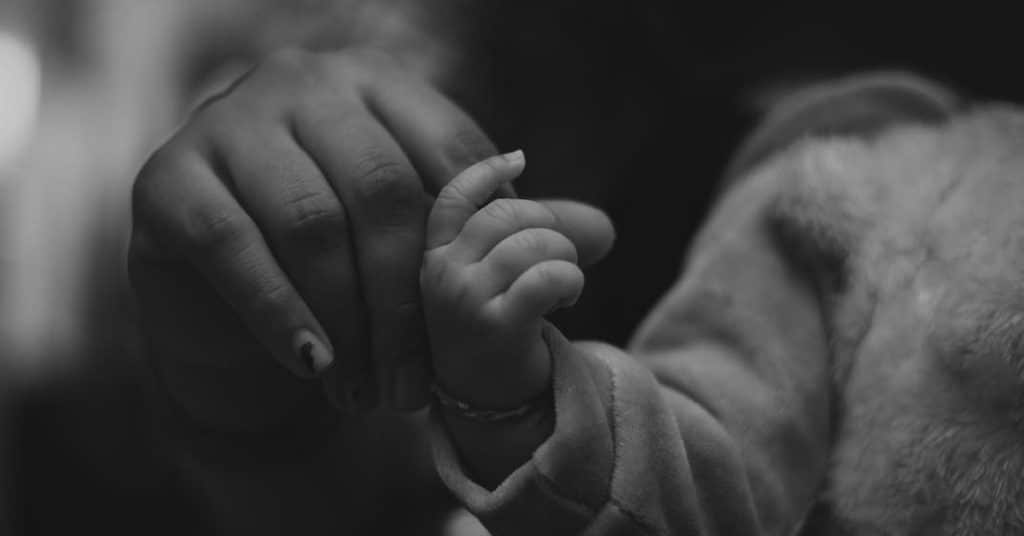


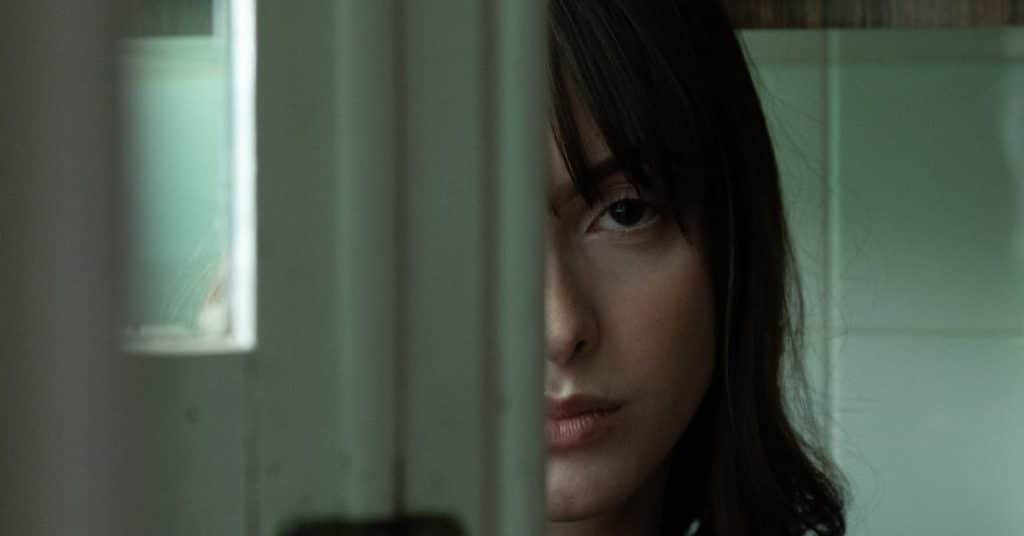






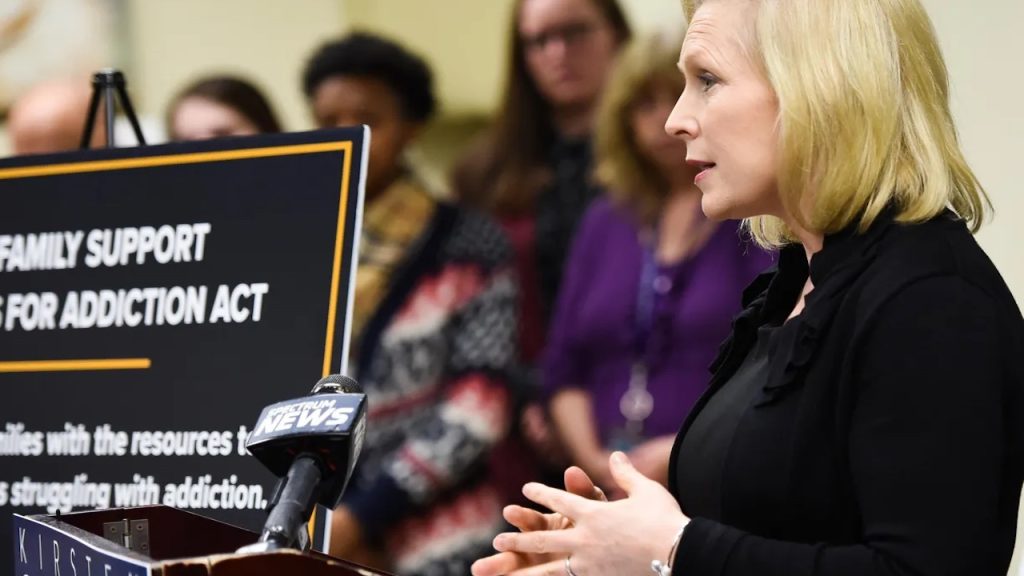



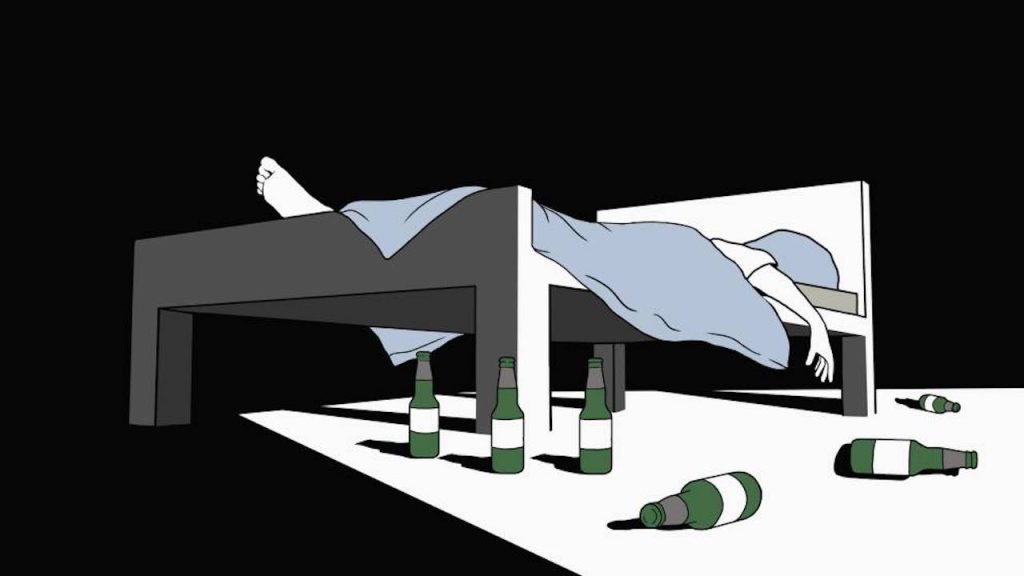




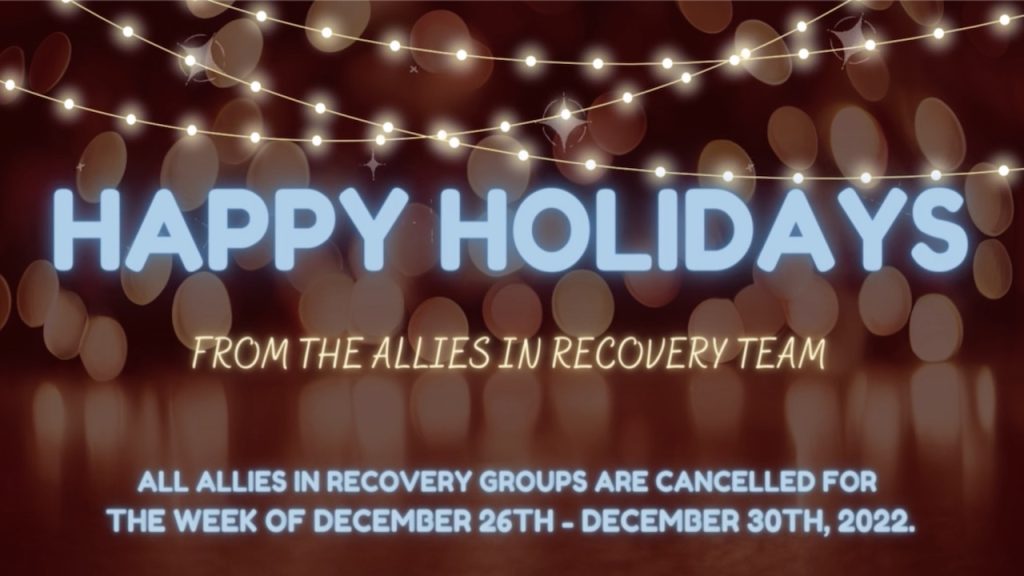


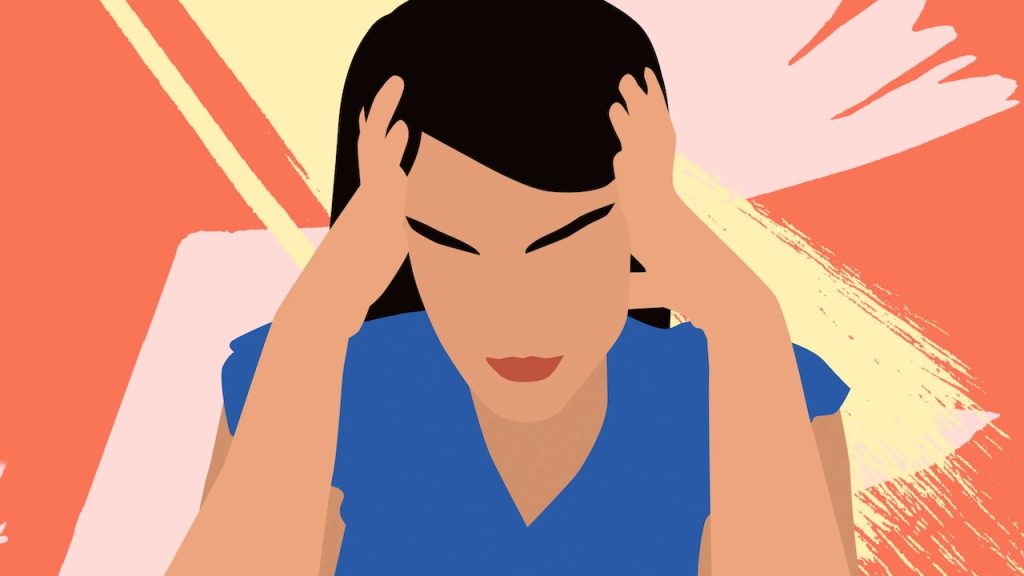
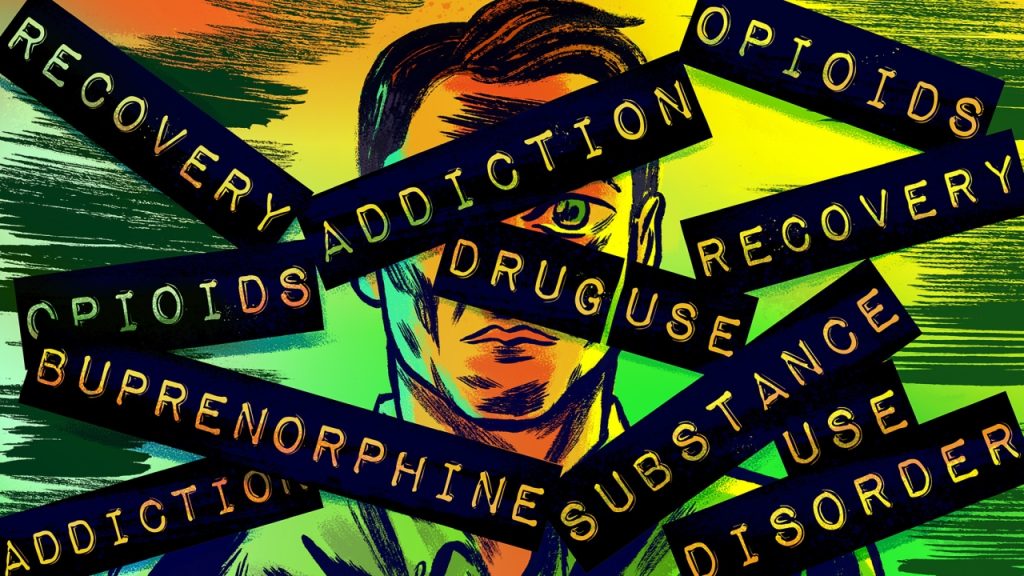




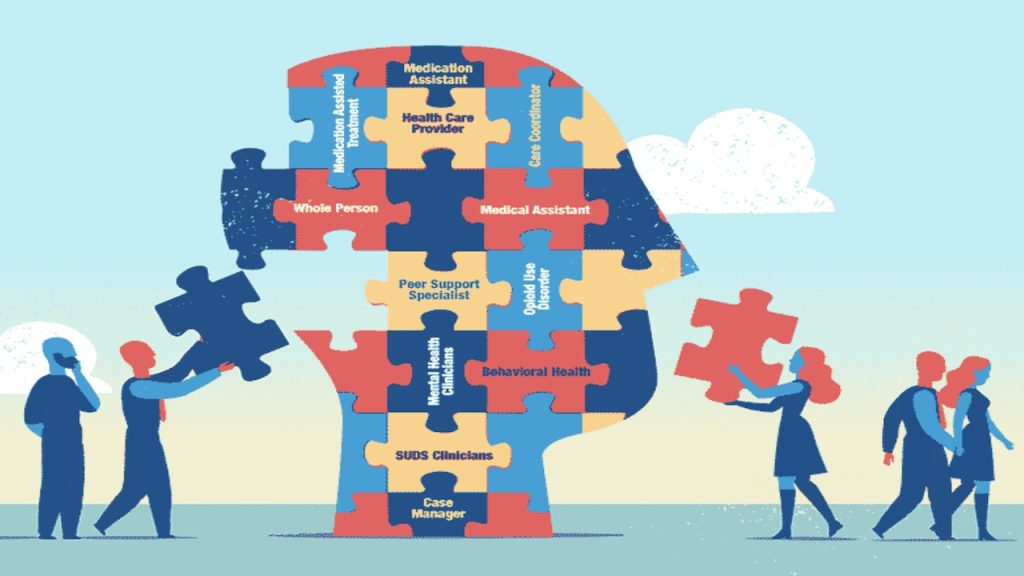













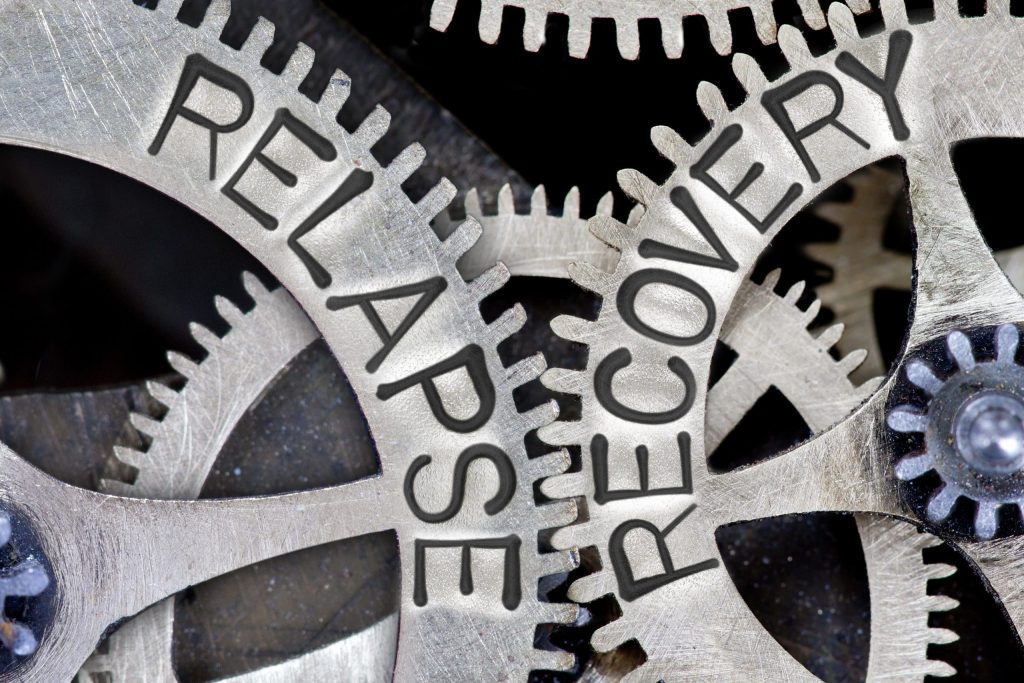


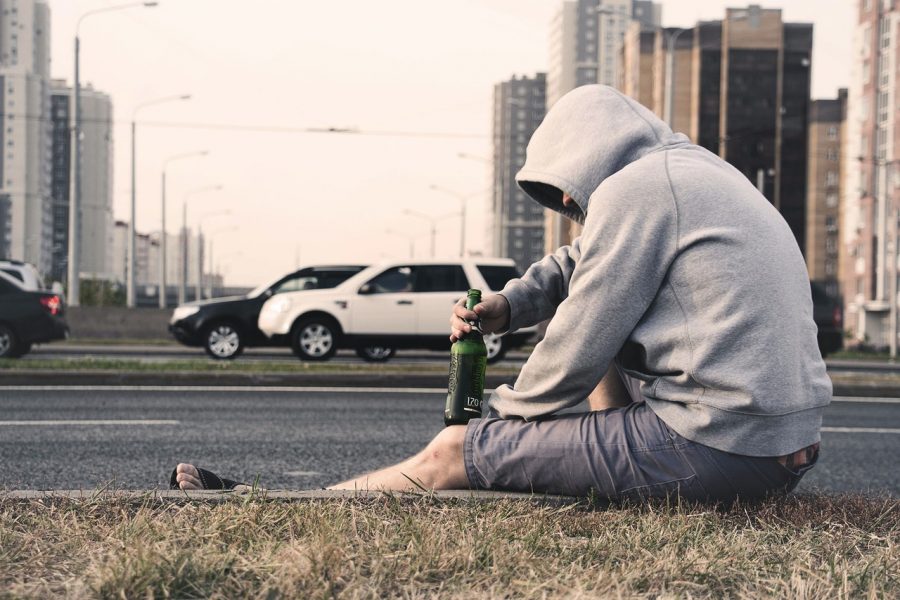

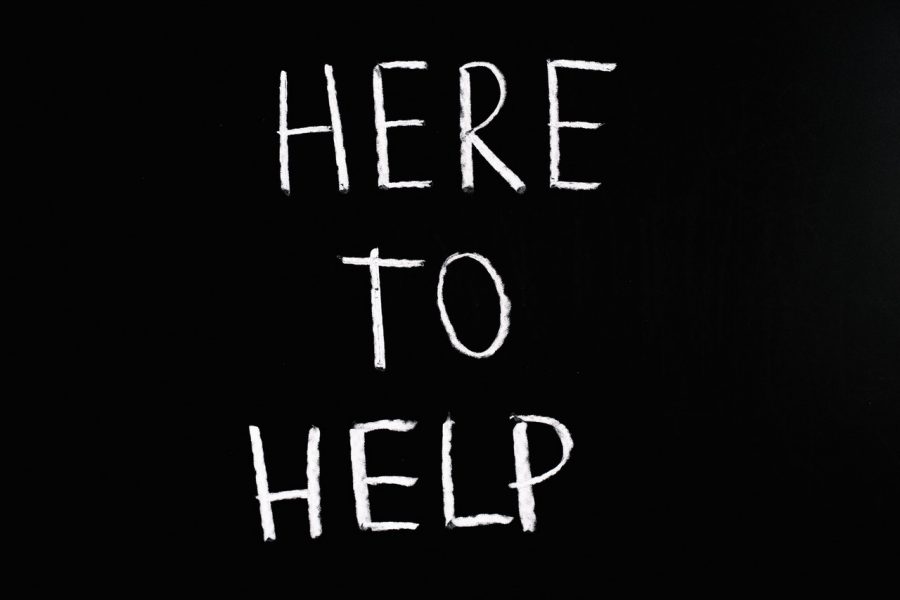





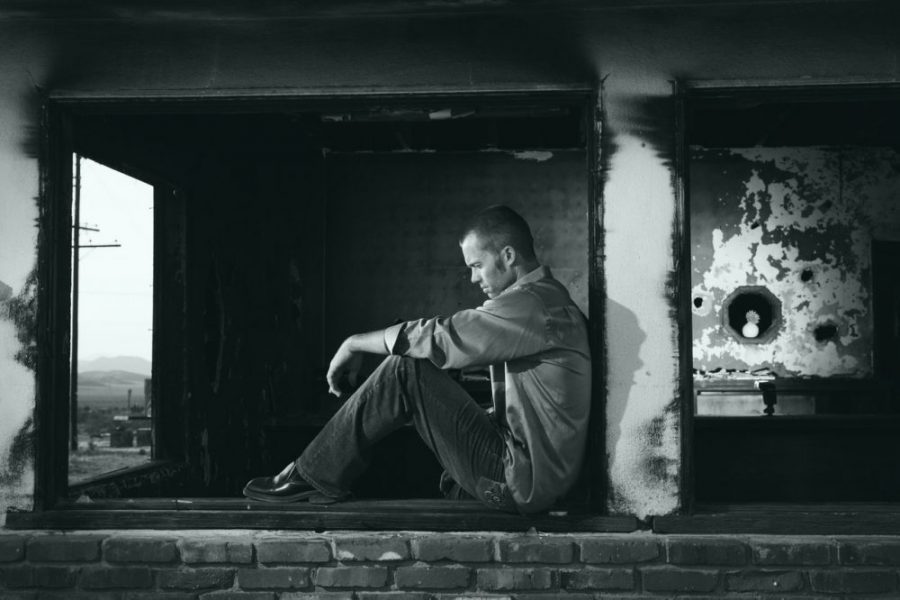

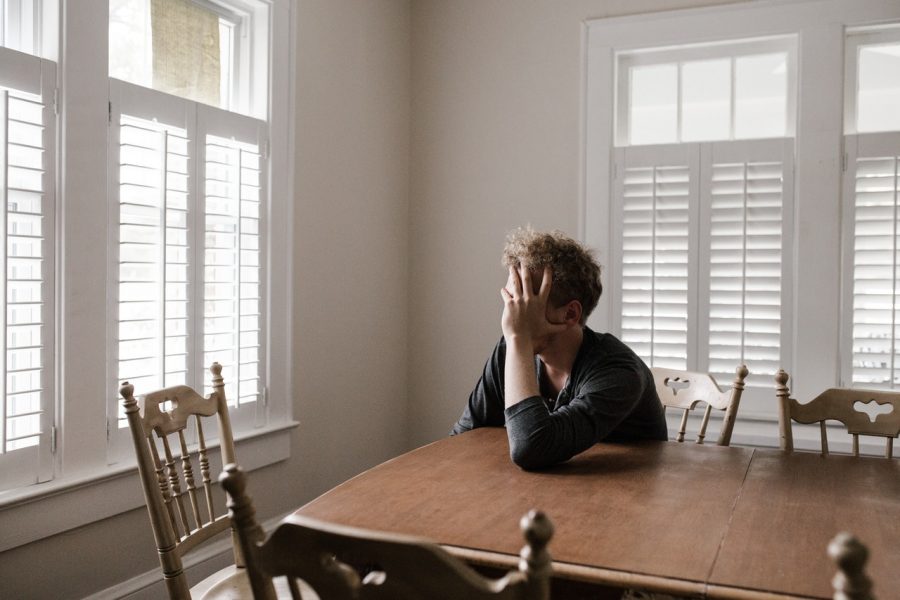

LEAVE A COMMENT / ASK A QUESTION
In your comments, please show respect for each other and do not give advice. Please consider that your choice of words has the power to reduce stigma and change opinions (ie, "person struggling with substance use" vs. "addict", "use" vs. "abuse"...)